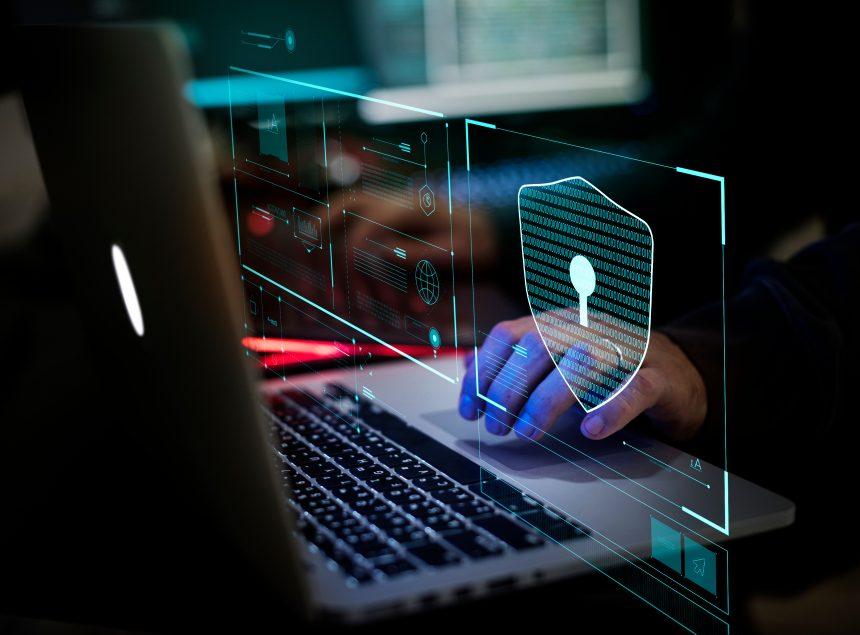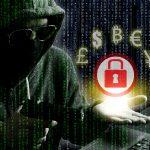The US election is just around the corner and candidates are battling over issues that include the Supreme Court, the coronavirus pandemic and more. Meanwhile, the Internet plays host to conspiracy theories, influence campaigns and false claims. At a critical time like this, how can voters spot political disinformation and foreign interference on their social media feed? Here are 3 tactics scammers are using to try to steal your vote.
Disinformation
Disinformation campaigns are a major threat. They are conducted via social media and email mostly. The methods and strategies vary, but most are carried out by bot accounts that originate in Russia, China, North Korea and Iran. The result can be that people go to the ballots with false information, or they are dissuaded from voting at all.
Hacking Attacks Against Election Systems
Hackers can easily leverage ransomware or use cryptography-based attacks to lock election officials out of crucial voter information, making it potentially impossible to vote in affected districts. These attacks may be carried out by political activists who believe there’s a moral imperative to stop a particular candidate. Or it may be financially motivated, so hackers believe organizations under the pressure of a voting deadline will be more likely to pay a ransom. Regardless of any particular motivation, threats like RansomExx ransomware and Trickbot, one of the world’s most prolific ransomware distributors, can be devastating to an organization, so election officials must be aware of, and prepared for, ransomware.
Phishing Campaigns
Phishing campaigns are one of the oldest but still widely used forms of attack and are targeting elected officials and election systems, as well as election workers and volunteers. Businesses have to be aware that election-themed social media content provides effective bait for unsuspecting employees into a phishing attack. To avoid the risk from ransomware or phishing, election officials must educate employees on the dangers that exist on social media.
How Else Can We Keep the Election Secure?
Some of the other ways to keep our vote safe and secure include:
- Developing and implementing a cybersecurity strategy that can ensure that everyone involved in the process is trained to spot trouble.
- Always use two-factor authentication on all mission-critical systems.
- Conducting penetration tests and hiring security experts to audit systems and conduct risk-limiting audits.
- Educating election workers on threats and how to spot signs of trouble, especially when it comes to phishing emails.
- On the legislative level, passing laws that penalize the social media companies where disinformation is spread.
If you are still having trouble, consider contacting remote technical support options.





